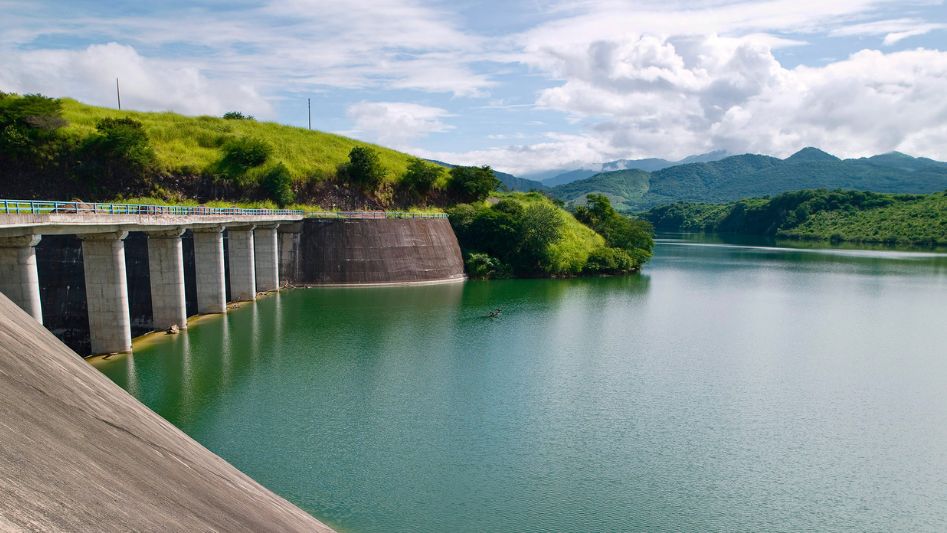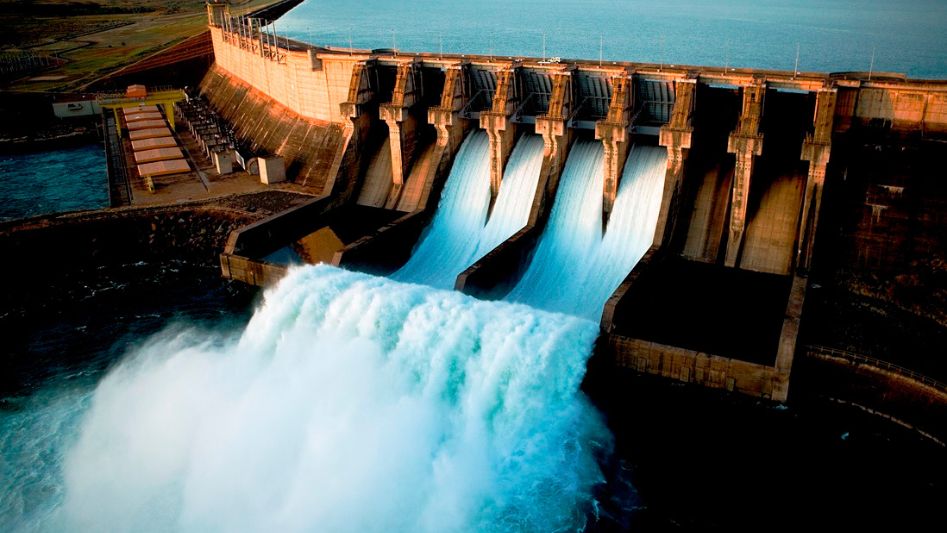In the quest for sustainable and renewable energy sources, hydropower has stood the test of time as one of the most reliable and environmentally friendly options. Harnessing the power of water to generate electricity, hydropower has been a vital player in the global shift towards cleaner energy alternatives. This article explores the world of hydropower, delving into its history, working principles, environmental impact, and its role in our clean energy future.
Table of Contents

A Brief History of Hydropower
Hydropower is not a new concept; in fact, it’s one of the oldest methods of generating mechanical and electrical energy. Ancient civilizations like the Greeks and Romans used water wheels to grind grain and perform various mechanical tasks. The modern era of hydropower, however, began in the late 19th century when engineers developed water turbines and generators, making it possible to produce electricity on a larger scale.
How Hydropower Works
1. Damming the Flow
The fundamental principle of hydropower involves damming a river to create a reservoir of water. The height difference between the water level upstream (in the reservoir) and downstream (below the dam) creates potential energy.
2. Turbine Power
When the stored water is released from the reservoir and flows downstream through turbines, the potential energy is converted into kinetic energy. The force of the flowing water drives the turbines, which are connected to generators.
3. Generating Electricity
As the turbines spin, they turn the generators, producing electricity through the principles of electromagnetic induction. This generated electricity is then transmitted to homes and industries through power lines.
Environmental Impact
While hydropower is often touted as a clean energy source, it’s not without its environmental considerations:
1. Habitat Disruption
The construction of dams can disrupt local ecosystems by altering water flow and temperature, affecting aquatic life and the species that depend on it.
2. Sediment Buildup
Dams can trap sediment that would naturally flow downstream, affecting riverbeds and habitats downstream.
3. Methane Emissions
In some cases, decomposing organic matter in reservoirs can release methane, a potent greenhouse gas, into the atmosphere.
However, modern hydropower projects are designed with environmental safeguards in mind, including fish ladders to assist fish migration, sediment management strategies, and more eco-friendly dam designs.

Benefits of Hydropower
Despite its environmental challenges, hydropower offers numerous advantages:
1. Reliable and Renewable
Hydropower provides a consistent source of electricity, as long as there is a steady water supply. Unlike wind or solar power, it isn’t dependent on weather conditions.
2. Low Greenhouse Gas Emissions
Hydropower generates electricity without producing greenhouse gas emissions, making it a crucial tool in mitigating climate change.
3. Energy Storage
Hydropower facilities with reservoirs can act as large-scale energy storage systems by adjusting water release to meet fluctuating energy demands.
4. Job Creation
The construction and maintenance of hydropower plants create jobs, contributing to local economies.
Hydropower’s Role in Our Clean Energy Future
As the world seeks to reduce its carbon footprint and transition away from fossil fuels, hydropower plays a vital role in providing clean and reliable energy. It complements other renewable sources like wind and solar power, offering a stable energy supply that can balance the intermittency of these sources.
Furthermore, innovations in technology and environmental consciousness are driving the development of smaller, more sustainable hydropower projects. These smaller installations can harness the power of smaller rivers and streams, mitigating some of the environmental impacts associated with large dams.
Conclusion
Hydropower has been a cornerstone of our energy production for centuries, and it continues to evolve as a cleaner, more sustainable source of electricity. While environmental challenges persist, responsible development and advancements in technology are helping to minimize its impact. As we move towards a greener energy future, hydropower will remain a crucial part of the solution, providing us with clean, reliable energy for generations to come.

FAQs
How does hydropower benefit the environment?
Hydropower is a clean energy source that produces minimal greenhouse gas emissions, helping to reduce our carbon footprint and combat climate change.
Are there environmental concerns associated with hydropower?
Yes, dam construction can disrupt ecosystems, but modern projects incorporate eco-friendly design and mitigation measures to minimize environmental impact.
Is hydropower reliable compared to other renewable energy sources?
Yes, hydropower provides a consistent and reliable source of electricity since it isn’t dependent on weather conditions like wind or solar power.
How does hydropower contribute to job creation?
The construction and maintenance of hydropower plants create jobs, supporting local economies.
You May Also Like
- WHAT IS HYDROPOWER AND HOW DOES IT WORK?
- SUSTAINABILITY AND ENERGY: HOW INDIVIDUALS CAN CONTRIBUTE TO THE RENEWABLE REVOLUTION
- RENEWABLE ENERGY IN THE TRANSPORTATION SECTOR: ELECTRIFYING THE FUTURE
- THE IMPACT OF FOSSIL FUELS ON CLIMATE CHANGE: UNPACKING THE SCIENCE
- GREEN ENERGY AND JOB CREATION: FUELING A SUSTAINABLE ECONOMY
